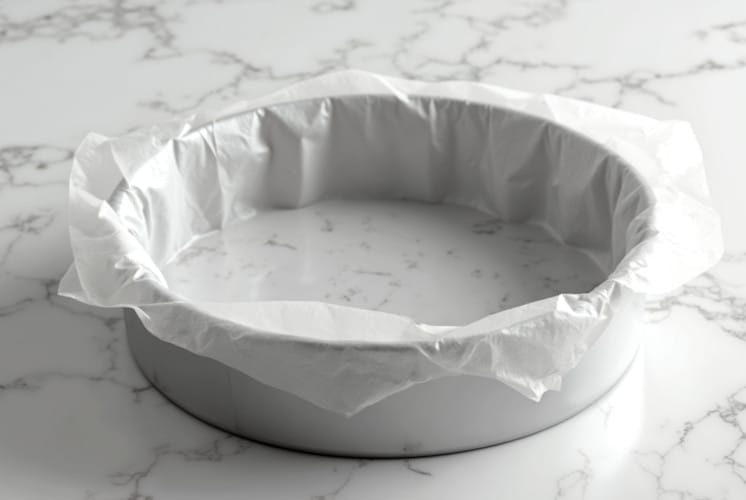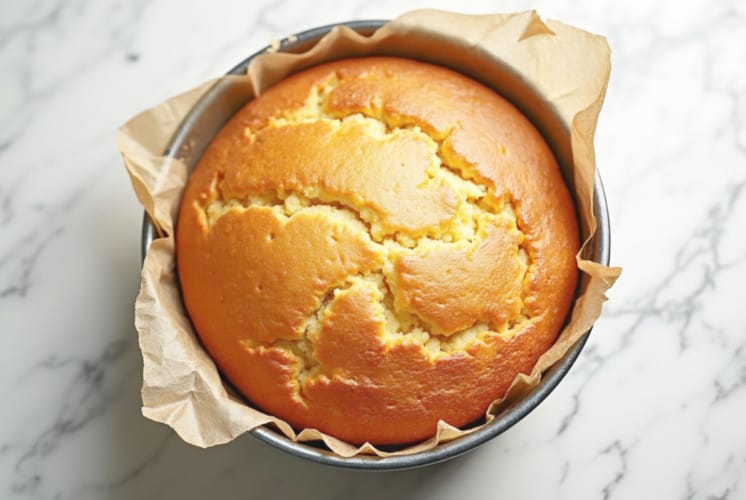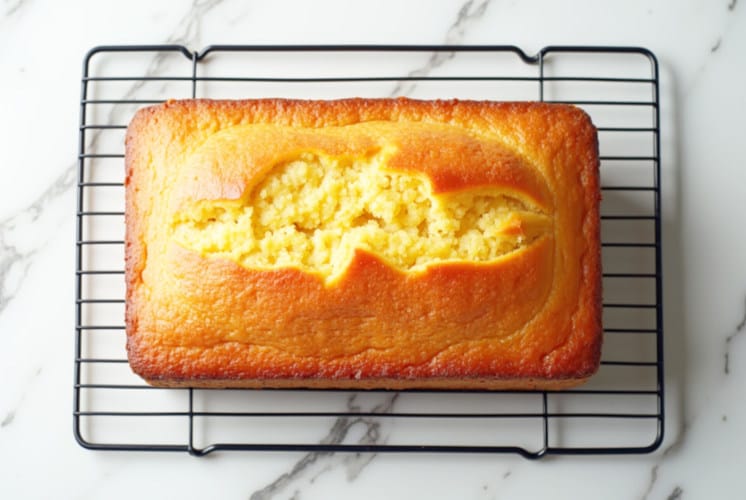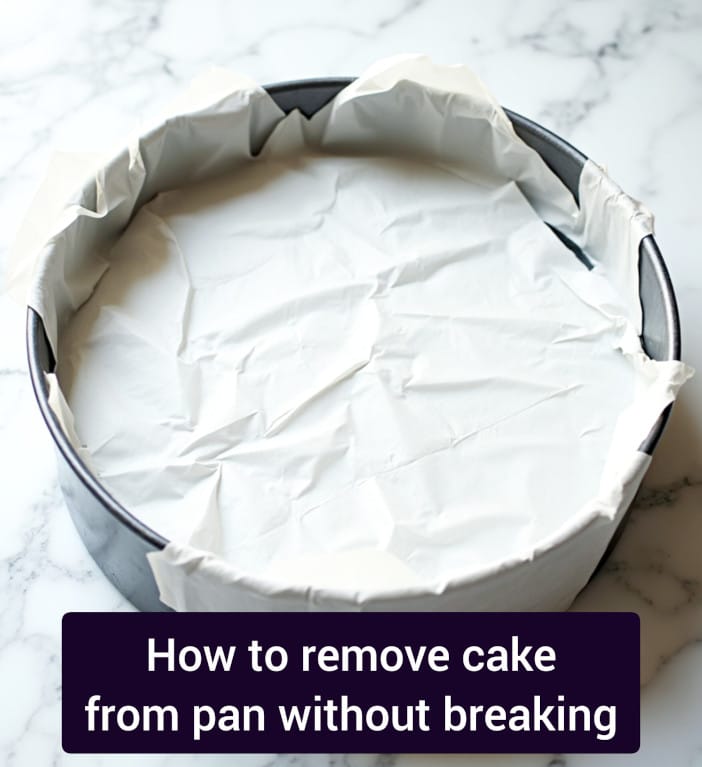If you’ve ever cooked a cake, you know how disheartening it is to see it crack while being taken out. Whether you’re making a birthday cake, layer cake for your next event, or simply satisfying a craving, having an undamaged cake is vital because it will appeal to others. In this post, I will show you how to remove cake from the pan without breaking it, ensuring that your cake turns out properly every time!
I experienced a similar incident while baking a vanilla layer cake; all of the layers cracked while I was pulling it out of the pan. After that, I had to put in a lot of work to stack and keep them together. It also collapsed during the cake-cutting, which was an embarrassing moment for sure.
Removing the cake is not determined by the recipe, but rather by the method you use to prepare the pan, when you remove it from the pan, and any other measures you take.
Let’s take a look at them individually.
Step 1 – preparing the pan

This is the most critical step, and it begins before even making the cake batter. You can use either the butter-flour or butter-parchment approach.
Butter-flour method – Using butter (or oil), coat the entire pan from the inside, making sure to cover every corner. After greasing, sprinkle some flour over the surface to coat the entire pan. I have used this method to make luscious vanilla cake, red velvet cake, marble loaf cake, and lemon pound cake, and it has never disappointed me. The cake turns out flawlessly every time.
Butter-parchment method – Coat the entire pan with butter (or oil), including the corners. After that, put a layer of parchment paper for easy removal. Parchment paper ensures that the cake comes out in one piece. I’ve used this approach to make orange loaf cake, eggless tres leches cake, 4-inch vanilla cake, and many other desserts.
Who wins (butter-flour or butter-parchment)?
I tried both approaches with various different types of cakes. Both function flawlessly and result in a lovely cake. However, the butter-flour approach costs less than the other method. Butter and flour are always available in the pantry, but parchment paper is not. So choose based on your preferences. In my perspective, the butter-flour technique wins.
Step 2- cool the cake

Okay, now that your cake has come out of the oven, it’s time to let it cool, but not for too long. Why? Because if you leave it in too long, the cake will contract and stick to the sides. This is true for the butter-flour method since the butter-parchment method makes no difference.
I normally keep it for 10-15 minutes, or till I can touch the pan with my bare hands. This allows it just enough time to set without becoming too hot to handle, but also without causing it to stick. After that, you can proceed to the next two steps: loosening the sides and flipping it out of the pan.
Who wins (butter-flour or butter-parchment)?
I always do this, regardless of the type of cake I’m baking. This is a critical stage that I cannot skip. As previously stated, using butter-parchment paper eliminates the need for time constraints. As a result, I believe the butter-parchment strategy comes out on top.
Step 3 – loose the edges
Now that our cake has cooled significantly, make sure to remove it from the pan so that it does not shrink and stick to the sides. This is where you need to be soft but steady. Take a butter knife or a little offset spatula, something flexible, and delicately run it down the cake’s edges.
Don’t rush; take your time with this. Avoid rushing or putting too much pressure on the cake, since this might cause harm.
Simply glide the knife along the edges to gently remove the cake from the pan. Don’t go too deep; just enough to leave a small gap for the cake to come out easily. If you’ve already used parchment paper, skip this step.
Who wins (butter-flour or butter-parchment)?
Again, both are fine and function properly. However, butter-parchment wins again since it eliminates the need for this step in the previous procedure.
Step 4 – flip out the cake

Now comes the most exciting part: taking the cake out of the pan! But first, make sure you have a wire rack or plate handy. This is where you’ll turn your cake. Next, lay it on top of the pan.
Now turn the pan upside down. Here’s a simple tip I use: tap the bottom to assist the cake release. Slowly remove the pan to examine if the cake has released. Pro Tip: When you remove the pan, if it feels light, the cake has been freed. If it is hefty, the cake remains inside.
If the cake does not fall straight away, do not be concerned. Gently tap or shake the pan again, and it will be released. If you’ve lined your pan with parchment paper on all sides, simply lift the cake off the pan, as I did when I made my New-York style cheesecake.
Who wins (butter-flour or butter-parchment)?
Again, both are good and worked as expected. But butter-parchment wins again because it’s like ease to take the can out of the pan.
Not working out? Some more tips on how to remove cake from pan without breaking
Even after following all of the steps outlined here, the cake may still not come out. And that happens to all of us, so you are not alone. So don’t panic.
Try to warm the cake from the outside of the pan. Using a hairdryer, blast warm air around the sides of the pan for a few seconds. The heat helps loosen the cake from the sides, allowing it to come out more easily.
Another alternative is to place the pan in a large pan with a small amount of heated water on the outside; do not submerge it completely. This can work wonderfully without leaving your cake soggy.
Conclusion – How to remove cake from pan without breaking
So, the next time you bake a cake, keep these guidelines in mind and be confident that it will turn out well.
Over to you! Which method would you choose? Butter-flour or butter-parchment method? Don’t be afraid to try new things, and please share any tips or tricks you have!
Happy baking, and I’m sure your cake will be extremely amazing!



